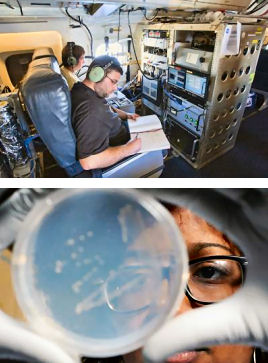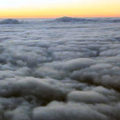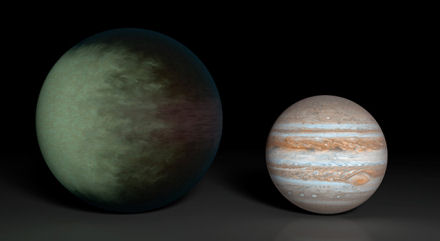
Microbiologists from the University of Colorado Boulder were surprised to find that the dominant airborne bacterial communities of several American cities most closely resembled the microbial communities found in dog poop.
The study showed that of the four Midwestern cities sampled in the experiment, Cleveland and Detroit had significant quantities of fecal bacteria in the atmosphere – with dog feces being the most likely source. The results were published in Applied and Environmental Microbiology.
It is only in recent years that researchers have started investigating the diversity of bacteria residing in the air. “There is a real knowledge gap,” said study co-author Noah Fierer. “We are just starting to realize this uncharted microbial diversity in the air – a place where you wouldn’t exactly expect microbes to be living.”
For the study, the team analyzed the atmosphere in the summer and winter at four locations in the Great Lakes region of the U.S. Three of the locations – Chicago, Cleveland and Detroit – are major cities and one location, Mayville, Wis., is a small town with a population of less than 6,000.
The researchers analyzed the bacteria’s DNA in the collected air samples and compared the bacteria they found against a database of bacteria from known sources such as leaf surfaces, soil, and human, cow and dog feces. They discovered that the bacterial communities in the air were surprisingly diverse and also that, in two of the four locations, dog feces were a greater than expected source of bacteria in the atmosphere in the winter.
The team now plans to investigate the bacterial communities in other cities and to build a continental-scale atlas of airborne bacterial communities. “We don’t know if the patterns we observed in those sites are unique to those cities,” said Fierer. “Does San Francisco have the same bacteria as New York? Nobody knows as yet. With this information, scientists can then investigate the possible impacts on human health. We need much better information on what sources of bacteria we are breathing in every time we go outside.”
Related:
Bacteria make rain, bioprecipitation researchers say
Soil bacterium enhances brain’s ability to learn
Hygiene Hypothesis linked to depression









Comments are closed.